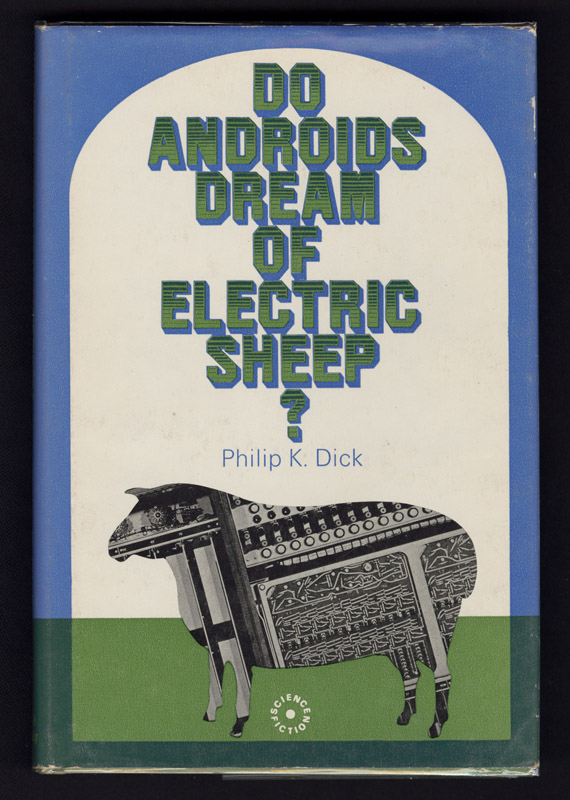Dreams of electric sheep
It’s all well and good to ask if androids dream of electric sheep, but science fact has evolved to a point where it’s beginning to coincide with science fiction. No, we don’t have autonomous androids struggling with existential crises — yet — but we are getting ever closer to what people tend to call “artificial intelligence.” To read a short abstract of the novel by Philip K. Dick click here.
Impact of machine learning
Machine Learning is a sub-set of artificial intelligence where computer algorithms are used to autonomously learn from data and information. In machine learning computers don’t have to be explicitly programmed but can change and improve their algorithms by themselves. Today, machine learning algorithms enable computers to communicate with humans, autonomously drive cars, write and publish sport match reports, and find terrorist suspects. I firmly believe machine learning will severely impact most industries and the jobs within them, which is why every manager should have at least some grasp of what machine learning is and how it is evolving.
 Stroll down memory lane
Stroll down memory lane
This post offers a quick trip through time to examine the origins of machine learning as well as the most recent milestones.
- 1950 — Alan Turing creates the “Turing Test” to determine if a computer has real intelligence. To pass the test, a computer must be able to fool a human into believing it is also human.
- 1952 — Arthur Samuel wrote the first computer learning program. The program was the game of checkers, and the IBM IBM +0.71% computer improved at the game the more it played, studying which moves made up winning strategies and incorporating those moves into its program.
- 1957 — Frank Rosenblatt designed the first neural network for computers (the perceptron), which simulate the thought processes of the human brain.
- […]
read more – copyright by www.forbes.com


Dreams of electric sheep
It’s all well and good to ask if androids dream of electric sheep, but science fact has evolved to a point where it’s beginning to coincide with science fiction. No, we don’t have autonomous androids struggling with existential crises — yet — but we are getting ever closer to what people tend to call “artificial intelligence.” To read a short abstract of the novel by Philip K. Dick click here.
Impact of machine learning
Machine Learning is a sub-set of artificial intelligence where computer algorithms are used to autonomously learn from data and information. In machine learning computers don’t have to be explicitly programmed but can change and improve their algorithms by themselves. Today, machine learning algorithms enable computers to communicate with humans, autonomously drive cars, write and publish sport match reports, and find terrorist suspects. I firmly believe machine learning will severely impact most industries and the jobs within them, which is why every manager should have at least some grasp of what machine learning is and how it is evolving.
This post offers a quick trip through time to examine the origins of machine learning as well as the most recent milestones.
read more – copyright by www.forbes.com
Share this: